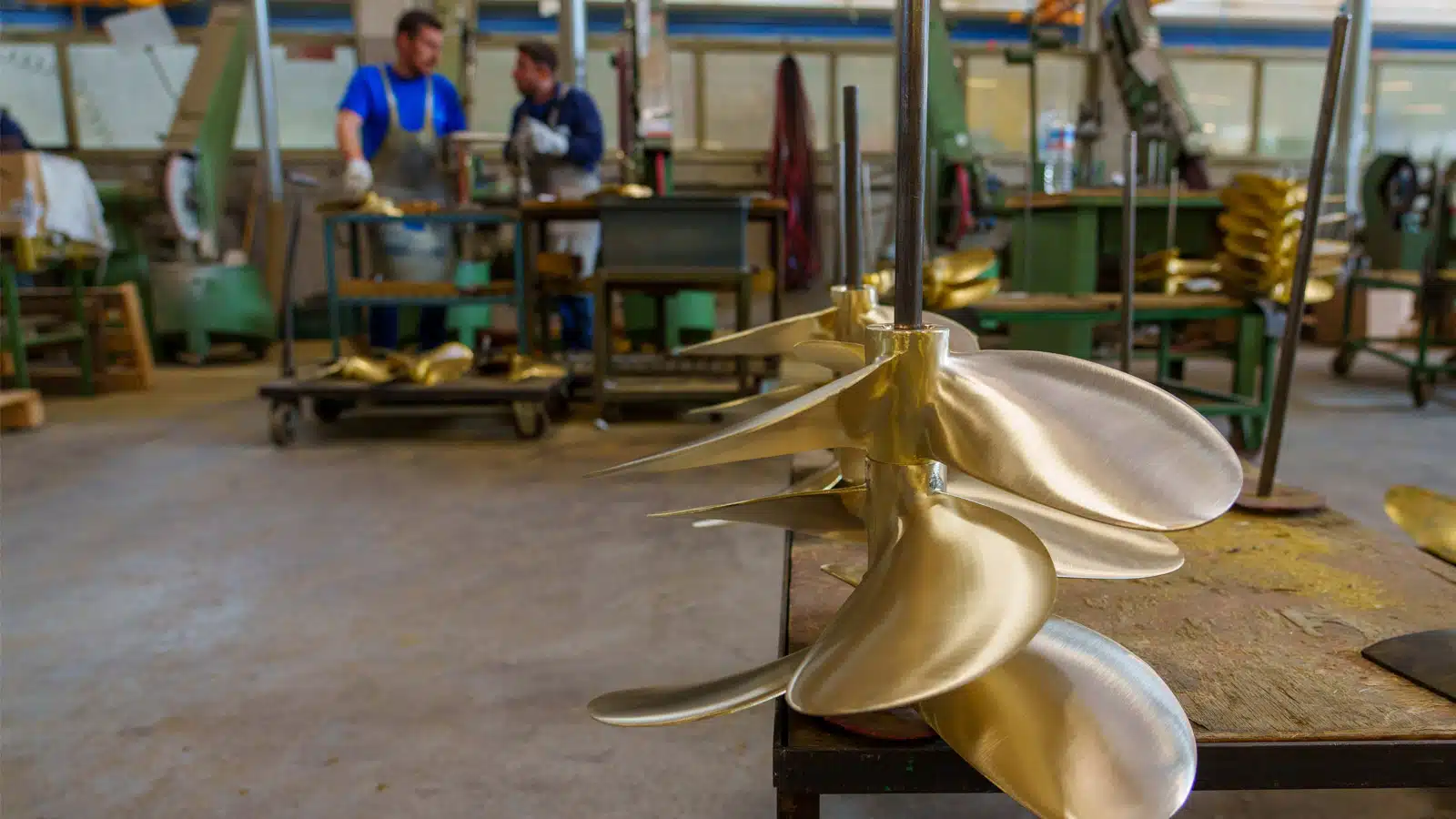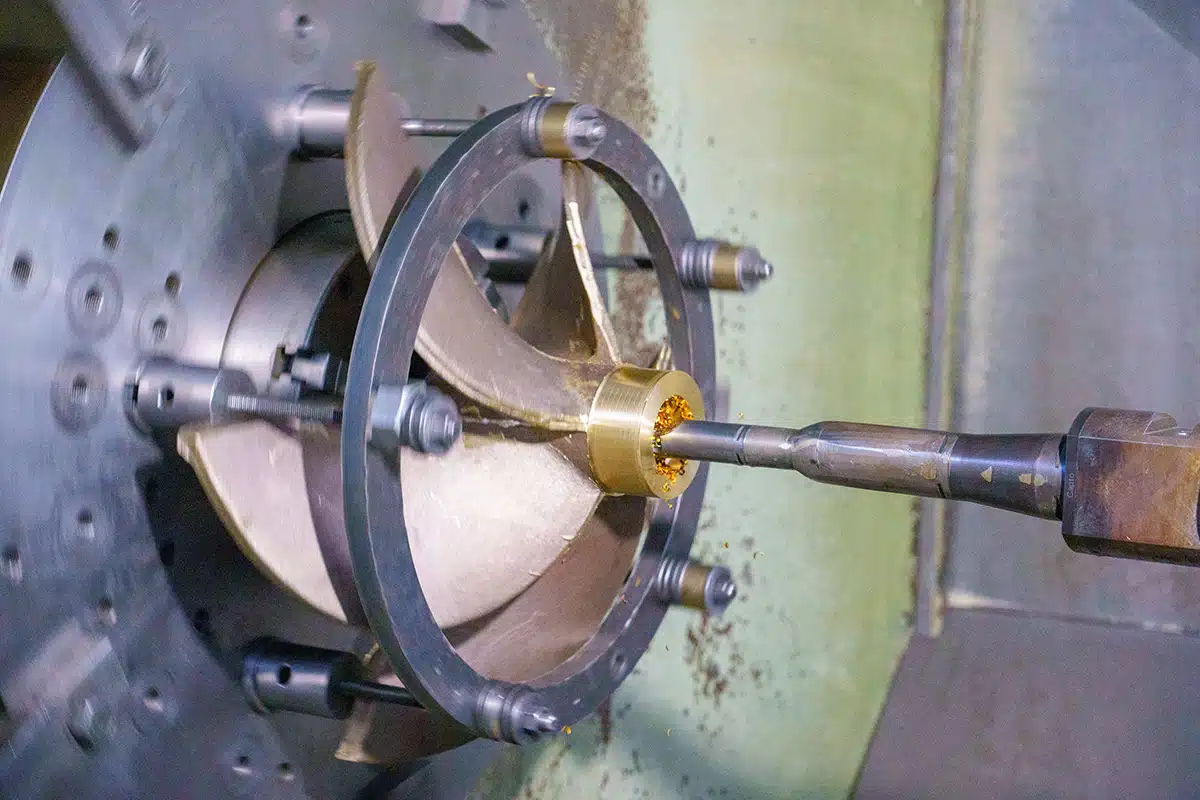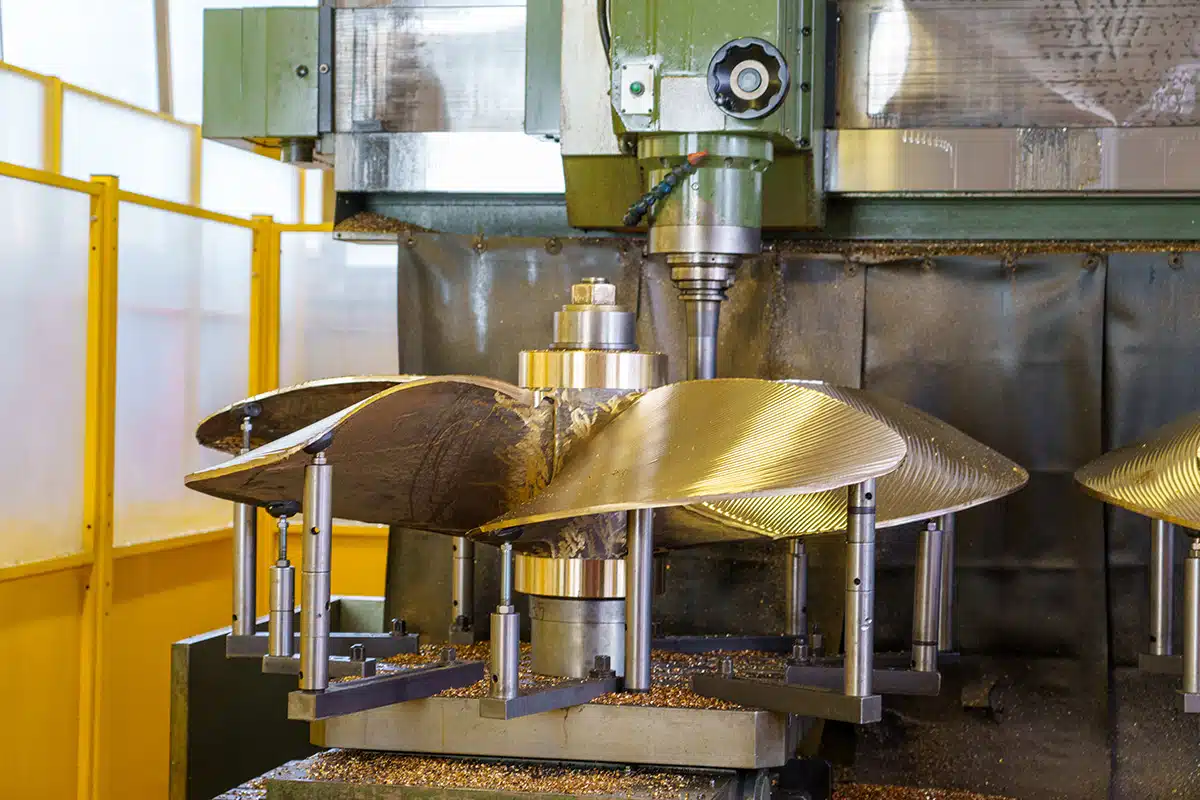
Boat propellers, guide to choosing the right model
Boat propellers, guide to choosing the right model
The choice of boat propellers depends on several factors, including the type of vessel, the engine, the intended use and the owner’s travel preferences. This is a very important element, on which the efficiency of your vehicle depends, and for this reason a whole series of variables must be carefully evaluated. Luca Radice, owner of Eliche Radice Spa and a true guru of boat propellers, tells us about it, explaining how to make the right choice of this important nautical accessory.
The right boat propeller material
«First of all, we need to start from the choice of material», begins Radice. «The preferable ones for nautical propellers are marine bronze alloys, which in the case of our company are divided into two types, both developed internally and our intellectual property». These are these two:
the Otman alloy, made with a bronze and manganese base, is preferable for reasons of cost on slow boats, such as sailing or work boats;
the Mibral alloy, made with bronze and aluminium, is more suitable for propellers for high-performance and fast boats and is also required for aluminum hulls, because it does not create galvanic corrosion problems.

Diameter and pitch, two important factors
To choose the best propeller, you then need to know the diameter and pitch of the model best suited to the type of your boat. In particular, the diameter of the propeller is a fundamental factor to give correct thrust to the boat, while the pitch (which is the theoretical distance traveled by a propeller during a complete rotation) must be carefully balanced in order to obtain the desired performance from the ‘shipowner.
«The correct correlation between the diameter and pitch of the propeller is carried out with calculations possibly supported by reports in the naval tank, in the cavitation tunnels or through special CFD software», explains Radice. «In this step, the most difficult part is not so much calculating the right propeller, but rather knowing the correct performance of the boat. In the case of Propeller Radice, we have a program capable of providing us with the performance and efficiency curves of the propeller depending on the data and speed of the vessel, in order to help the customer choose the model best suited to his needs and more efficient in terms of performance, noise and consumption.”

The right number of blades in boat propellers
As all boating enthusiasts know, boat propellers can have a different number of blades. But how to determine the right one? Radice explains: «Our computer software is able to tell us the right surface that the propeller must have depending on the boat, but this surface can be distributed over a different number of blades. For example, if we need a one-square-meter propeller, we can divide it into three elephant ear blades or six thin blades. In general, the narrower the blade, the less water it moves, so the boat experiences less vibration and less turbulence, which means greater comfort on board. However, the efficiency of the propeller is always achieved with the lowest possible number of blades. Therefore it is a question of identifying the right compromise between performance and the owner’s needs. A right choice must be based on this, even before starting any project on the drawing board.”

The reduction ratio
Last but not least is the issue of the engine reduction ratio, which is also decisive in the choice of boat propeller. «After chivalry, this is by far the most important aspect», concludes Radice. «The first question we ask our customers, when they ask us for advice to develop a project, is to provide us with the list of available reduction ratios, so as to enable us to suggest to them which boat propeller is most suitable for have the best efficiency.
We often find ourselves telling some owners who want to have a new propeller to change the gearbox first, otherwise it is better for them to keep the propeller they already have. This is because, especially on slow boats and with engines that go up to 3600 rpm, perhaps they have a 2:1 ratio, which means 1800 propeller revolutions; but then maybe it turns out that the owner never goes to 3600 rpm and that he always stops at 2000, so the boat doesn’t move because it has a propeller designed for 3600 rpm. With the same propeller they can go at 7 and a half knots at 3600 rpm and 4 and a half knots at 2000 rpm.
In those cases, then, the only solution is to have a reducer that causes the propeller to spin between 1400 and 1500 rpm, where we have a larger diameter and greater efficiency, which can mean reaching an extra knot. On the surface it seems like little, but on long journeys it makes the difference. Often, in short, it’s not the propeller that doesn’t work well, but rather everything that comes before it.”
Who is Eliche Radice
In the nautical industry, the name Eliche Radice is a prominent reference. The company was founded in 1919 and is still owned by the Radice family, who have always dedicated themselves to innovation in the field of boat propellers, working tirelessly to improve the efficiency, performance and design of these fundamental components for navigation. Thanks to a leading entrepreneurial vision, Eliche Radice has become a point of reference in the sector, providing innovative and high-quality solutions to customers all over the world. The different production phases, from the foundry to modeling, are all carried out internally within the company: this factor, in addition to simplifying the control phases, allows for timely management of deliveries and warehouse availability.
Today Eliche Radice boasts 50,000 square meters of company space in its headquarters in Cinisello Balsamo, of which 15,000 square meters are covered and approximately 85 employees. Added to this is the commercial division in France.
The range of Eliche Radice products includes not only boat propellers, but also the various components of the entire propulsion system, from the coupling flange to the inverter up to the rudder. Among Radice products there are fixed-pitch traction or propulsive propellers for directional systems, blades and hubs for variable-pitch propellers, propeller shafts and related supports, seals, fixed or directional skirts, hydrolubricated bushings and rudders. For fixed or variable pitch monobloc propellers, the maximum diameter of Radice products is 4 meters or 4 tons in weight, while for the propeller shafts the maximum length is 12 meters with 250 millimeters in diameter.
